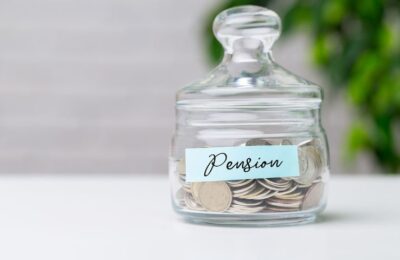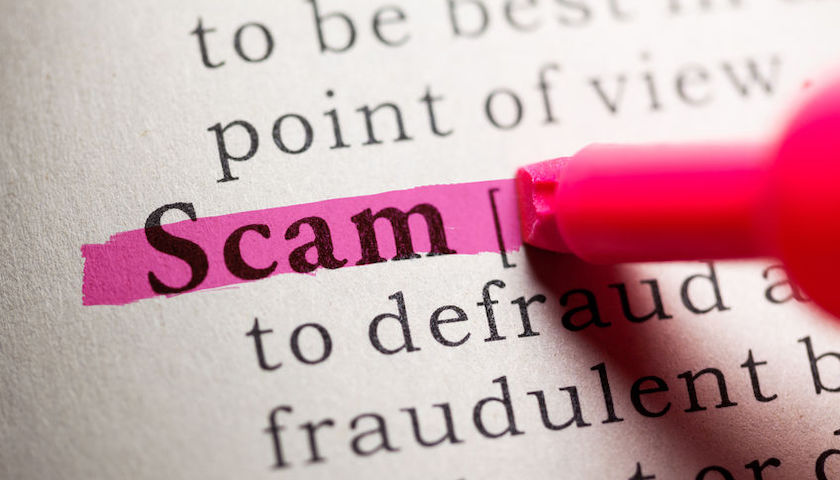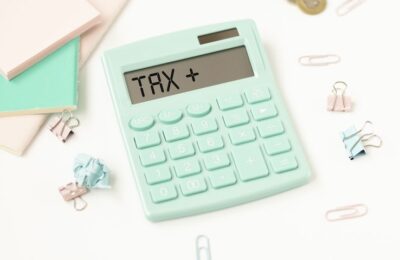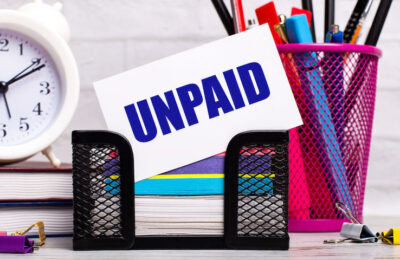January is the time of year when many of us turn our thoughts to taxation. The Self-Assessment Tax Return deadline falls on the last day of the month. This leads many of us to start wondering whether we’re making the most of our allowable expenses. After all, the current tax burden is the highest it has been since the Second World War. Fiscal drag is also pulling many of us into a higher tax bracket. Yet, despite all this, there is still one remarkably generous tax break you can take advantage of – pension tax relief.
How pension tax relief works
When you put money into a private pension, you get tax relief at the rate you pay income tax. This makes pension contributions particularly lucrative for higher and additional rate taxpayers. Every pound an additional rate taxpayer puts into their pension thus costs them 55p (45% pension tax relief). A higher rate taxpayer will pay 60p (40% tax relief). A basic rate taxpayer will pay 80p (20% tax relief).
Pension tax relief has got more generous
In recent years, pension tax relief has become more generous. This is because the government has increased the amount you are allowed to put into your pension tax free each year. Formerly this was £40,000. Now it is £60,000.
In addition, the government has also got rid of the lifetime allowance. Beforehand you could have a tax-free pension pot of up to £1,073,100. If you had more than that, you’d pay 55% tax on the excess. Now you don’t pay tax, regardless of how much your pension pot contains.
Tax when drawing your pension
It’s true that, when you start to draw your pension, you get taxed. However, this tends to be at a lower rate than you would pay during your working life. You can also withdraw 25% of your pension pot entirely tax free. Currently, a £1m pension pot will give you an income of about £50,000 per year. This is just below the £50,271 higher rate income tax threshold, so you’ll only pay 20% on the income between £12,570 (your personal allowance) and £50,000.
Using pension contributions to lower your tax liabilities
One major benefit of pension tax relief is that you can sometime use contributions to lower your income tax bracket. Given that you can pay £60,000 tax-free into your pension each year (as long as it’s not more than your earnings), it can bring your taxable income down. There’s also a ‘carry forward’ rule that lets you use unused allowances from the previous three years. Employees can opt for salary sacrifice schemes in favour of increased pension contributions. This can sometimes bring you down a tax band.
Will the system remain the same?
Because pension tax relief particularly benefits higher earners, there is frequent talk of reform. This is because the system is seen as unfair. The higher your tax band, the less it costs you to put each additional £1 in your pot.
While details are still fairly vague, Labour seems intent to make pension reform. So, if you’re a higher earner, our advice would be to make use of generous pension tax relief while you can. If you’d like to discuss ways of making the most of your pension, talk to one of our friendly, expert accountants today.
About Jon Pryse-Jones
Since joining THP in 1978, Jon Pryse-Jones has been hands on with every area of the business. Now specialising in strategy, business planning, and marketing, Jon remains at the forefront of the growth and development at THP.
An ideas man, Jon enjoys getting the most out of all situations, “I act as a catalyst for creative people and encourage them to think outside the box,” he says, “and I’m not afraid of being confrontational. It often leads to a better result for THP and its clients.”
Jon’s appreciation for THP extends to his fellow team members and the board. “They really know how to run a successful business,” he says. He’s keen on IT and systems development as critical to success, and he continues to guide THP to be at the cutting edge and effective.
Read more about Jon Pryse-Jones











